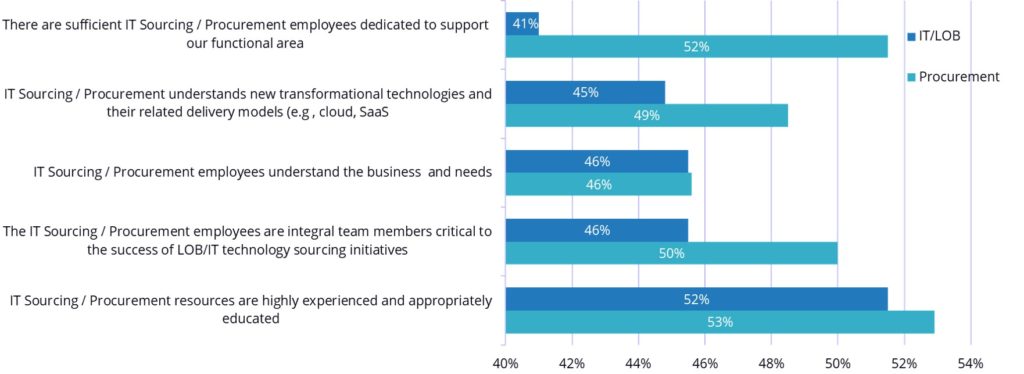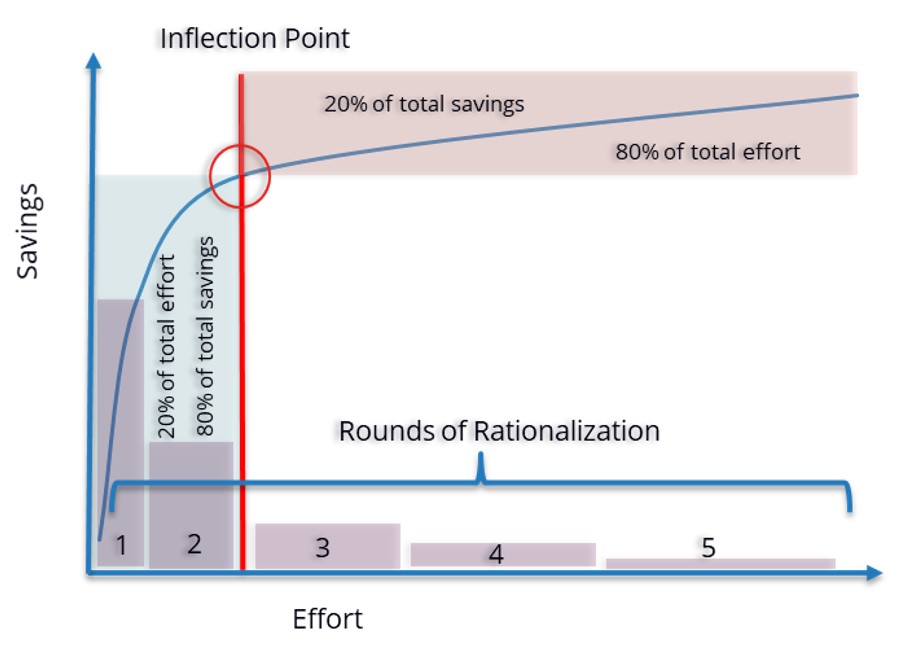We’ve all seen the headlines about bureaucratic procurement processes within the federal government. Just in case you’ve missed them, here are a couple examples:
- U.S. Military To Replace 1970s Floppy Disks Controlling Nuclear Missiles (Forbes, 10/19/20)
- The fox in the henhouse: How bureaucratic processes handicap US military supremacy and what to do about it (Atlantic Council 2/26/20).
The majority of readers would have expected the first headline to be from the late 1980’s or early 1990’s. Unfortunately, it’s dated October 19, 2019. According to the second article, Silicon Valley companies believe that it is not in their financial interest to navigate “byzantine procurement processes” to sell products that would modernize the military.
“So what?” you may argue, “I don’t work for the federal government – our processes are streamlined.” Indeed, a simple search on Google won’t reveal similar challenges within the Fortune 500. Nevertheless, which publicly held corporation would ever admit that their outdated procurement processes are causing their digital strategy projects to fail or to be delayed by decades?
IDC surveys provide insight into the procurement challenges within the F500. We’ve seen that only 45% of IT and Line of Business (LOB) executives believe that their procurement organizations understand new transformational technologies and their related delivery models. Worse yet, only 46% of IT/LOB executives believe that procurement understands their business needs. And, as the data shows, frequently Procurement executives don’t understand their IT/LOB colleagues’ position.

Source: US-Future of Technology Procurement 2018, IDC, September, 2018
See The Future of Technology Sourcing and Procurement: New Technologies Demand New Approaches.
Crossing the Inflection Point: Life in the Zone of Diminishing Returns
Sounds foreboding and ominous – and it should – because it’s not a place you want to stay for too long. Prior to the Great Recession of 2008, enterprises had amassed a tangled maze of overlapping technologies to power their enterprises. When the recession hit, it was time to rationalize – or cease to exist. The low-hanging fruit, like savings from rationalization, consolidation and centralized procurement, was abundant. Category management practices flourished and drove procurement operations to accumulate savings for their enterprises.
Twelve years later, in many organizations, the focus on categories and rationalization continues, yet the savings are now elusive as procurement professionals languish in the zone of diminishing returns (see below). Meanwhile, IT and LOB executives are investing in emerging technologies – often without the much-needed support of dedicated procurement professionals: after all, new spend on emerging technology won’t exactly help procurement meet its savings targets.
Not surprisingly, IDC survey data shows IT and Line of Business executives believe that “Finding a balance between lowest price (savings) and long-term partner relationship management is the most effective change to the IT sourcing/procurement practice for enhancing support for key enterprise initiatives” See Risk Sharing: The “Next Big Thing” in Technology Sourcing. By finding the appropriate balance, procurement executives can focus the appropriate amount of attention on strategic initiatives without losing focus on the bottom line.

Source: IDC Report # US43047317; For Digital Transformation Manage Business Not Categories September 2017
See For Digital Transformation Manage Business Not Categories.
Transforming Your Procurement Operations
We often hear from procurement executives that their primary goal is to transform the current organization from tactical to strategic focused on delivering business value on key corporate initiatives. Unfortunately, only few organizations have been able to transform. Those that are successful in balancing category management and agile sourcing are:
- Optimizing spend on legacy products and services
- Increasing efficiency of existing procurement resources
- Supporting innovation and digital transformation
- Containing sprawl of ungoverned innovation
From a high-level perspective, successful procurement executives accomplish these goals by:
- Aligning sourcing organizations with critical business and digital transformation needs
- Adopting an agile technology sourcing framework to streamline operations
- Developing strategic sourcing practices tailored to the business culture
- Leveraging transformational sourcing practices to drive savings, speed and agility
More specifically however, certain essential actions can be taken to kick-start the transformation. Although not a comprehensive checklist for every organization and every maturity level, consider the following actions to help your organization on your transformation journey:
| Approach | Essential Actions |
|---|---|
| Assess rationalization maturity ad identify DX initiatives | Evaluate technology portfolio to determine current state of rationalization and potential savings opportunities. Identify DX initatives and stakeholders and assess vendor sourcing requirements. |
| Ramp up category management efforts for uncoordinated and unrationalized spend | If the results of the rationalization assessment suggest high savings potential due to an uncoordinated technology portfolio, assign Category Managers to conduct analysis and initiate rationalization for reducing spend and maximizing savings. |
| Streamline existing competitive sourcing processes | Develop streamlined RFP processes and templates for effective and efficient sourcing. Consider leveraging price benchmarking services to reduce the resources and time required for formal RFP when unwarranted. |
| Ramp up Strategic Business Management efforts for supporting DX | Develop persistent cross-functional teams to support DX sourcing activities. Shift resources from Category Management to Strategic Business Management after reaching the Rationalization Inflection Point. |
| Maintain Category Governance to limit uncoordinated technology spend | After shifting Category Management resources towards DX sourcing activities, maintain a small Category Management governance practice to maintain coordinated technology spend practices. |
Today, agile sourcing strategies are paramount for success in technology sourcing operations looking to deliver meaningful results to the businesses they support. Please join IDC’s IT Executive Program for the “Agile Procurement: Delivering the Results You Need – Quickly!” webinar on Tuesday, April 8th from 11:00am -12:00 pm ET to learn more about how to use agile sourcing to optimize your vendor relationships and drive competitive differentiation and advantage.




